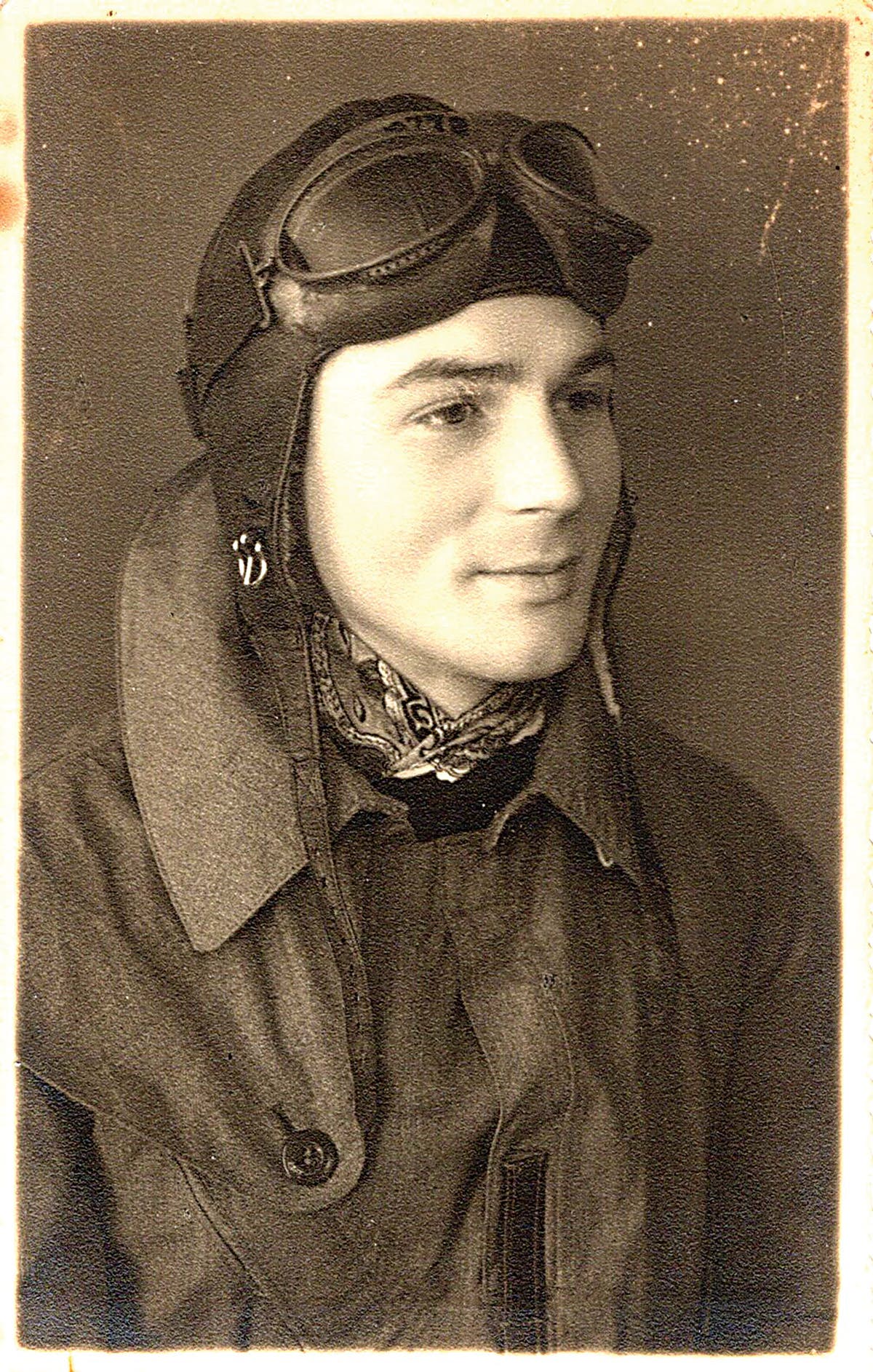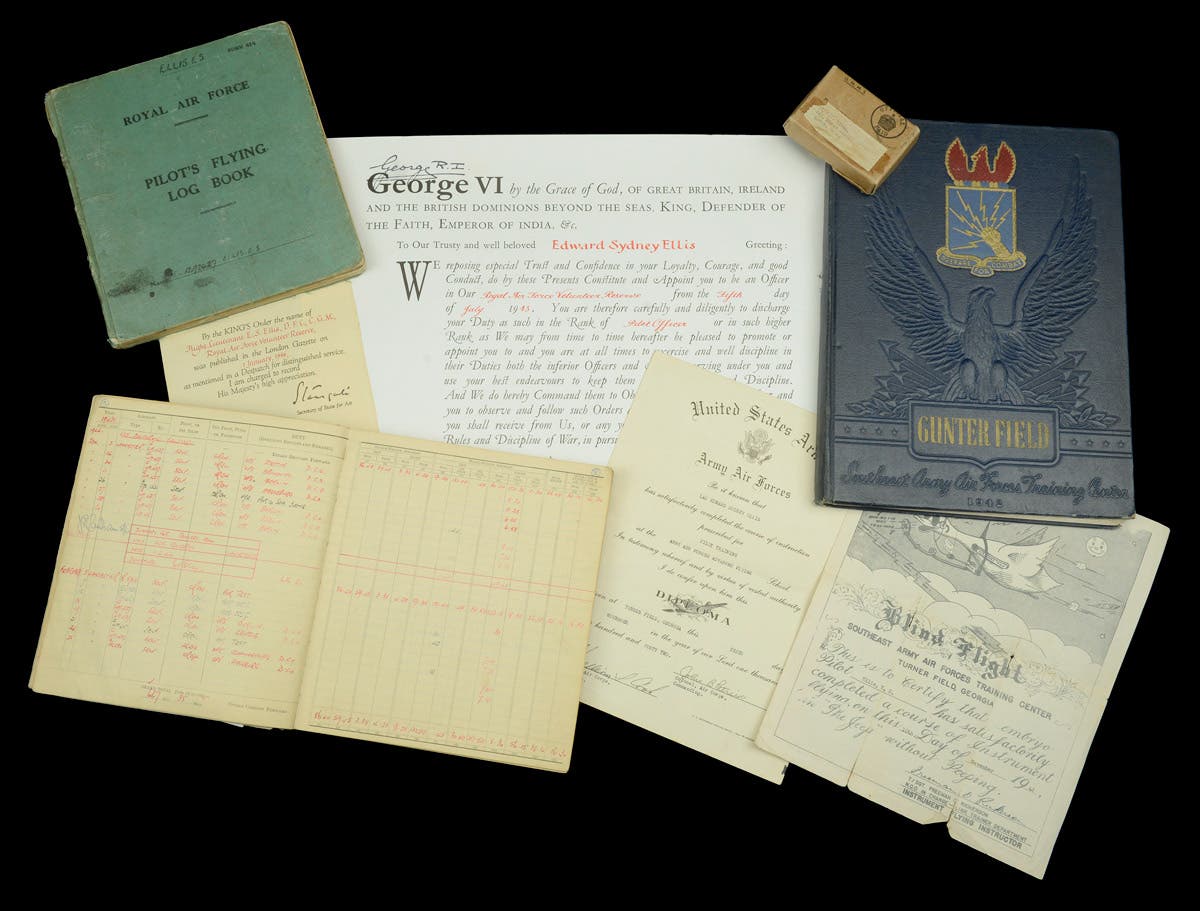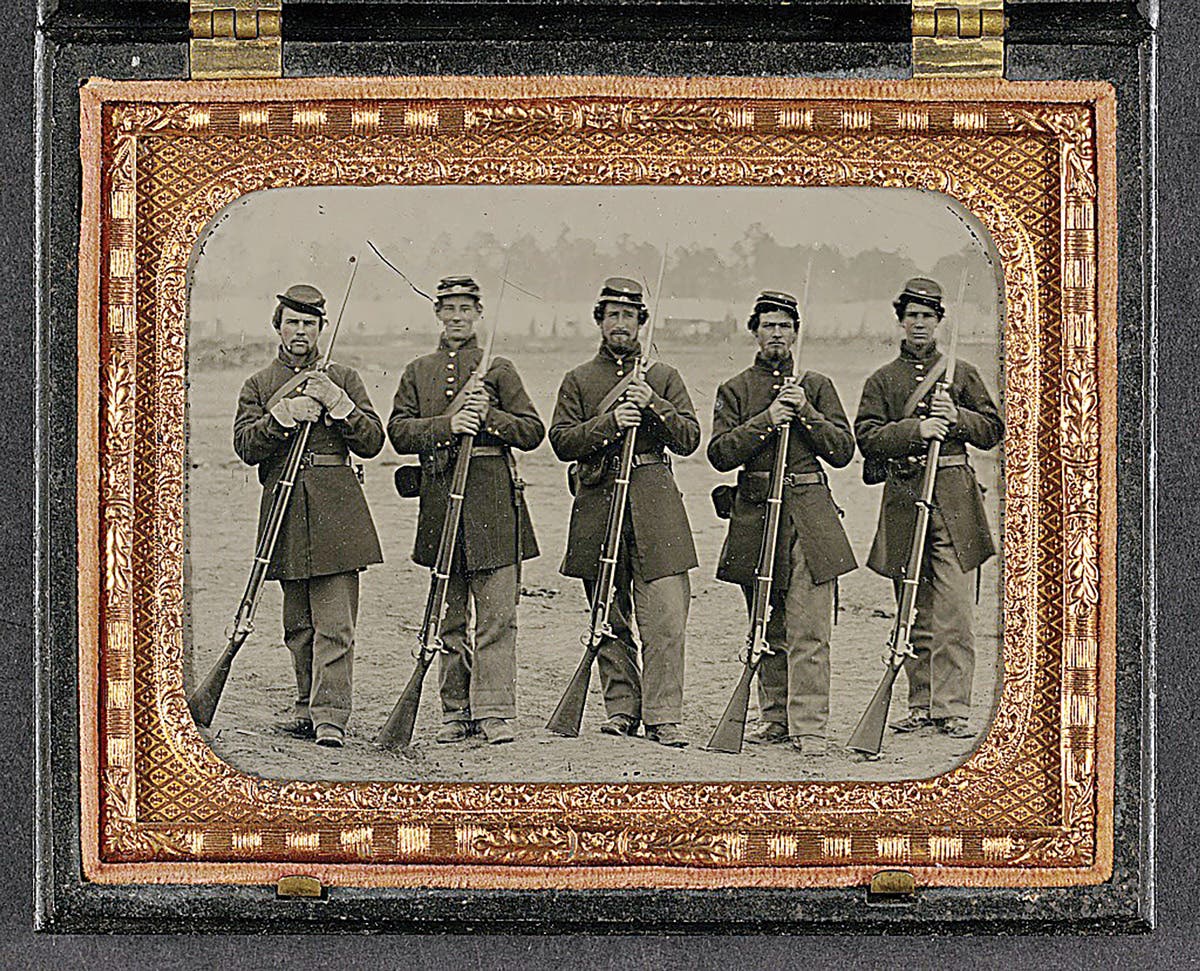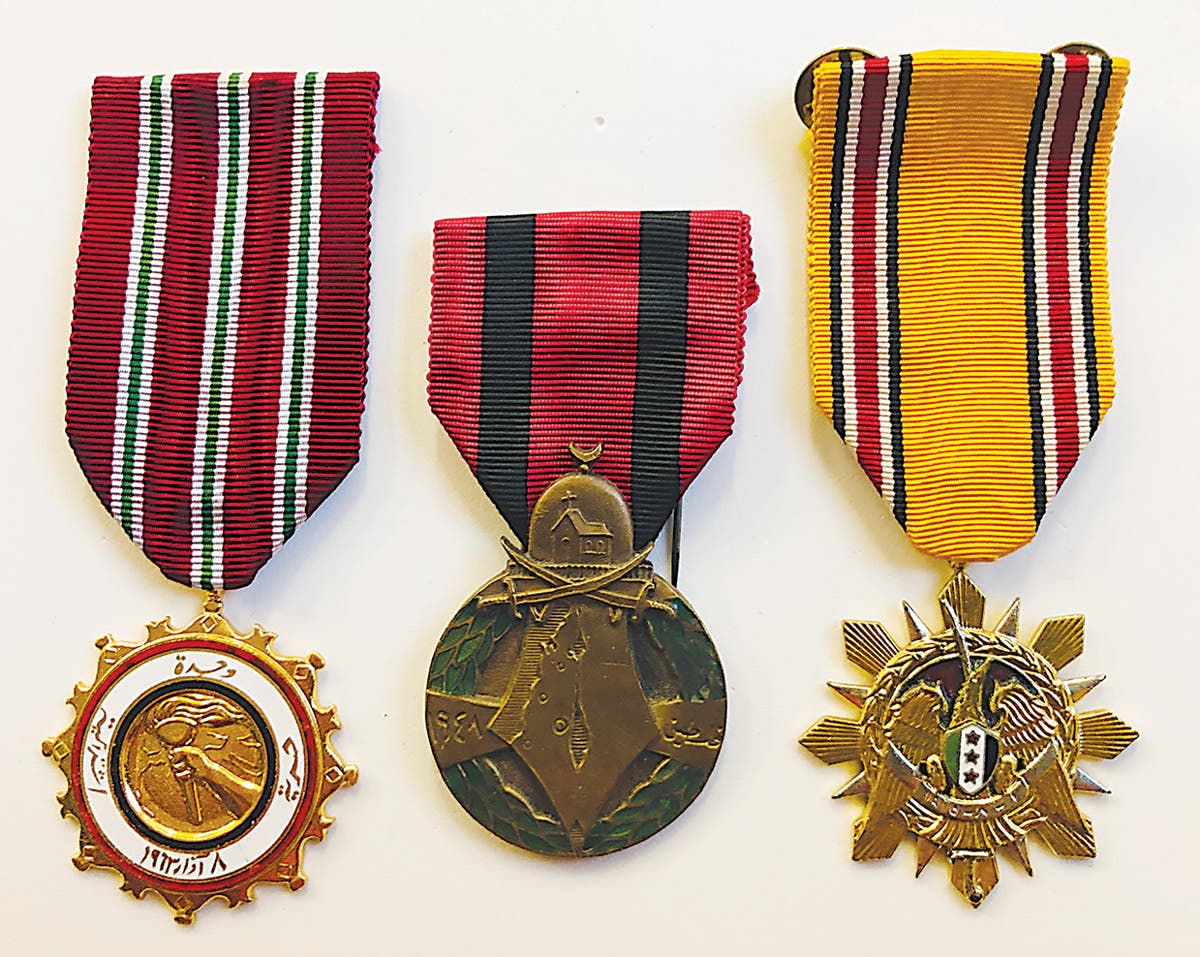The French Adrian Helmet at 100
by Peter Suciu Collectors of military helmets often look back to the Model 1915 “Adrian” helmet as the beginning. It was 100 years ago in the trenches of France and…
by Peter Suciu
Collectors of military helmets often look back to the Model 1915 “Adrian” helmet as the beginning. It was 100 years ago in the trenches of France and Belgium where this helmet was first utilized during the horrific warfare on the Western Front. World War I was in its second year and head wounds were a major problem – one that the Adrian helmet attempted to solve.
The truth is that it wasn’t the first steel helmet – metal helmets had been used for eons and while some writers have attempted to suggest the helmet disappeared from the battlefield by the outbreak of the First World War in 1914 this is hardly the case.
Military Trader reached out to the Musée de l'Armée in Paris (the French Military History Museum) and discussed the role the Adrian helmet played in World War I and helped clear up some of the biggest myths of this "first combat helmet."
While the French Army looked little changed from the force that fought in the Franco-Prussian War a generation earlier – complete with red trousers and dark blue coats – changes were already being considered. The issue was one that was more political than practical. However, helmets were being considered but also in use by 1914.
The helmet actually already existed for a long time among horsemen (cavalry), and was as much to protect the head from shrapnel that swords blows during military attacks, explained Alix Durup de Baleine, spokesperson for the Musée de l'Armée. (Author’s note: Baliene kindly translated for the museum’s curators, who based their answers on the archival materials in the museum’s collection)
"Prototypes had been tested until 1910 in regiment for infantry, artillery and cavalry," added Baliene. But it was more ceremonial models than real protective helmet – leather, cork, cloth, sometimes bronzed steel or aluminum.
An often told story is that French Intendant-General August-Louis Adrian encountered a wounded soldier whose life was saved because he (the soldier) was wearing a soup bowl under his kepi. This somehow inspired General Adrian to introduce a skull cap. It is a colorful story, but it isn’t likely true – and moreover it seems to only be found in English language books and articles.
"The curators have never heard about this legend of a soldier who lives was saved because he worn a ‘soup bowl’ on his head," said Baliene. They have no trace of this legend in their archives.
Could the skull cap have been used as a mess kit? Possibly, but not likely said the experts at the Musée de l'Armée.
"The soldiers had a mess tin, as endowment – it was included in their military equipment – so they did not have interest in using the skull cap to eat food in," added Baliene. In addition the bottom of it being less stable than the flat bottom of their mess tin, so it seems unlikely, unless it was an isolated case and it is not applicable and representative of the majority of soldiers.
Collectors often note that the French helmet is thinner than the German Model 1916. This was by design, as the French helmet was intended to protect from artillery blasts and shrapnel – and the helmet was never intended to stop bullets.
"Absolutely, it would have required much more steel to totally stop the bullets and protection would have been too heavy for the head and the cervical vertebrae," Baliene emphasized. Thereafter, a slab of additional protection has been tested and developed in small quantities for sliced spotters.
"This slab should be fixed on the front of the helmet and the face to protect against a direct shot," she added. The German also develop this type of protection to suit their ‘Stahlhelm Model 16.’
Despite the apparent shortcomings of utilizing thinner steel the Adrian pattern helmet did indeed save countless lives.
"The Adrian helmet (was) the first production model distributed to the infantry," said Baliene. He actually saved lives and helped limit injuries to the head, especially effective against the stone or earth fallout during artillery explosions. It was also effective against stray bullets or shrapnel.
"It was able to stop or deflect projectiles at the angle which they beat the flare bomb helmet," she added. On the contrary, it was not effective against direct shot or a burst at the start of explosion with high velocity; it passes through the helmet and the skull from side to side.
When comparing the Adrian to the German model, it must also be considered that the French version came first. While it did have some shortcomings, it was successful enough and thus remained in production throughout the war – although the French did continue to look at ways to improve it.
The Adrian model 1915 helmet was the first to be developed and produced in series quickly during the conflict. "It was used to equip all of the fighters," said Baliene. The techniques of the time did not allow it (to be produced) in a single sheet of metal stamped, which would have allowed a better resistance.
New steels and new techniques arrived, but only at the end of the First World War. But at that time the conflict was over, so it was not deemed useful to other research. We will keep the same profile for the helmet Model 1926, but with a stamping in a single sheet of metal.
Peter Suciu is a freelance journalist and when he isn't writing about militaria you can find him covering topics such as cybersecurity, social media and streaming TV services for Forbes, TechNewsWorld and ClearanceJobs. He is the author of several books on military hats and helmets including the 2019 title, A Gallery of Military Headdress. Email him and he'd happily sell you a copy!








